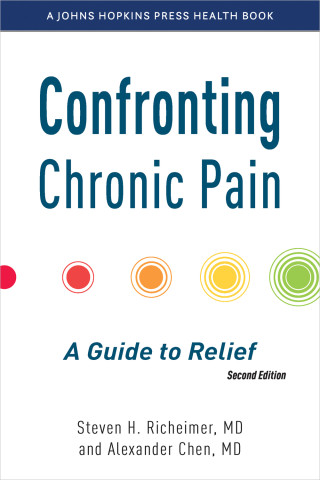
Reviews
This remarkable book has been empowering parents with vital information, and the new edition promises to do the same. It is committed to making parents active partners in their children's care and will be a vital resource for families everywhere.
I have been involved with the epilepsy cause for twenty-three years and I can only say that I have wanted a book like this for a long time. To my knowledge, this is the first book combining complete scientific accuracy with a caregiver's compassion and understanding.
Combines a detailed description of the medical nature and treatment of epilepsy in children with an extensive discussion of the psychological aspects as well... Optimistic in tone and broad in scope, this is a book for the parent who has a lot of detailed questions.
The book is rich in substance and detail. There is a warm, compassionate tone. At the same time, there are no-nonsense facts and figures. The authors achieve two important objectives: providing up-to-date information and conveying a sense of optimism and hope.
A helpful book... Discusses most concerns that parents of children with epilepsy have.
The authors have significant expertise in the diagnosis and management of epilepsy. The book will educate families on epilepsy and its management and outcome. It is written in a common sense and understandable manner. The diagnostic criteria and medication discussion is solidly based on good science.
An excellent resource. This book makes information on seizures and epilepsy understandable to families and discusses the many practical issues and questions that come up in day-to-day life when living or growing up with epilepsy. The authors convey many important things parents of children with epilepsy should know—and that are probably not effectively conveyed during doctor's visits.
Book Details
Introduction
Part I. Why Do Seizures and Epilepsy Occur?
Chapter 1. How the Brain Works: Keys to Understanding Seizures and Epilepsy
Chapter 2. The Kinds of Seizures and Where They Arise in the Brain
Part
Introduction
Part I. Why Do Seizures and Epilepsy Occur?
Chapter 1. How the Brain Works: Keys to Understanding Seizures and Epilepsy
Chapter 2. The Kinds of Seizures and Where They Arise in the Brain
Part II. Diagnosing Seizures and Epilepsy
Chapter 3. How Doctors Diagnose a Seizure and Decide What It Means for Your Child
Chapter 4. How Doctors Evaluate and Think about a First Seizure
Chapter 5. Decision Making: Assessing Risks and Benefits after a Nonfebrile Seizure
Chapter 6. What to Do during a Second Big Convulsive Seizure
Chapter 7. Understanding Your Child's Tests: EEG, CT, and MRI
Chapter 8. The Epilepsies of Childhood I: Special Patterns
Chapter 9. The Epilepsies of Childhood II: Special Causes
Part III. Treatment
Chapter 10. Using Medicines
Chapter 11. Rescue Medicine and Treatment of Status Epilepticus
Chapter 12. Ketogenic Diet Therapy
Chapter 13. Alternative and Complementary Therapies for Epilepsy
Chapter 14. Surgery and Devices
Part IV. Practical Issues of Living with Epilepsy
Chapter 15. Routine Medical Care and Epilepsy
Chapter 16. Comorbidities: Other Problems that Can Co-occur with Epilepsy
Chapter 17. From Infancy to College: Navigating the Educational System
Chapter 18. Playing, Sports Participation, and Other Activities
Chapter 19. Driving and Epilepsy
Chapter 20. Devices, Apps, and Websites
Chapter 21. Insurance and Other Financial Issues
Chapter 22. The Future: Epilepsy Care, Marriage, Pregnancy, and Children
Part V. Emotional and Psychological Issues
Chapter 23. Initial Strategies and Overview
Chapter 24. Psychological Strategies: Coping, Resilience, and Counseling
Chapter 25. Coping with Substantial Disability
Conclusion
Glossary
Index






